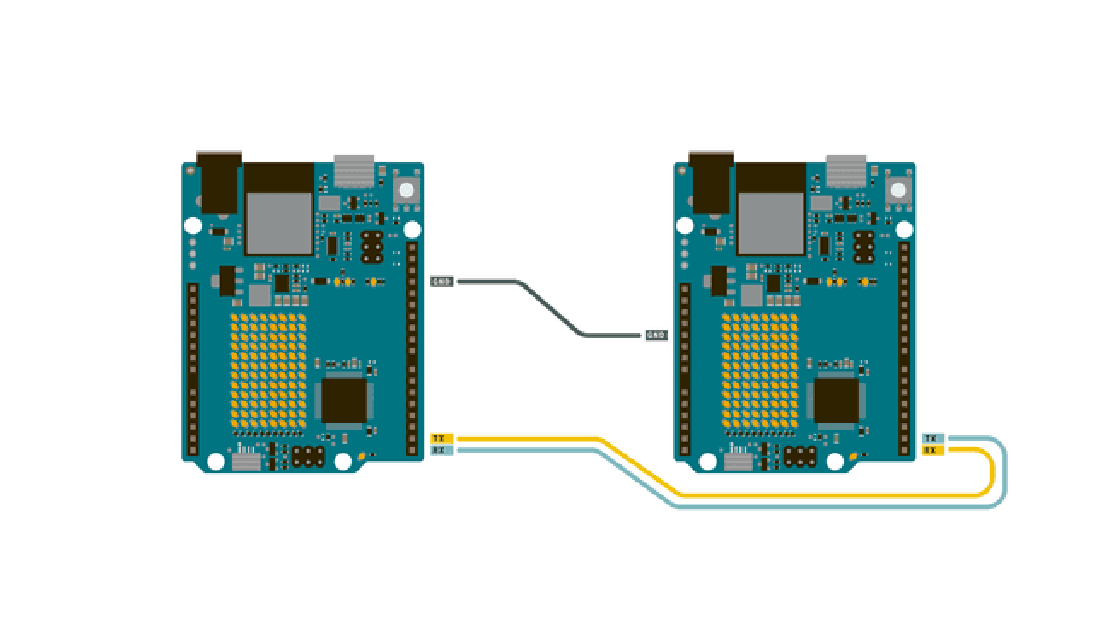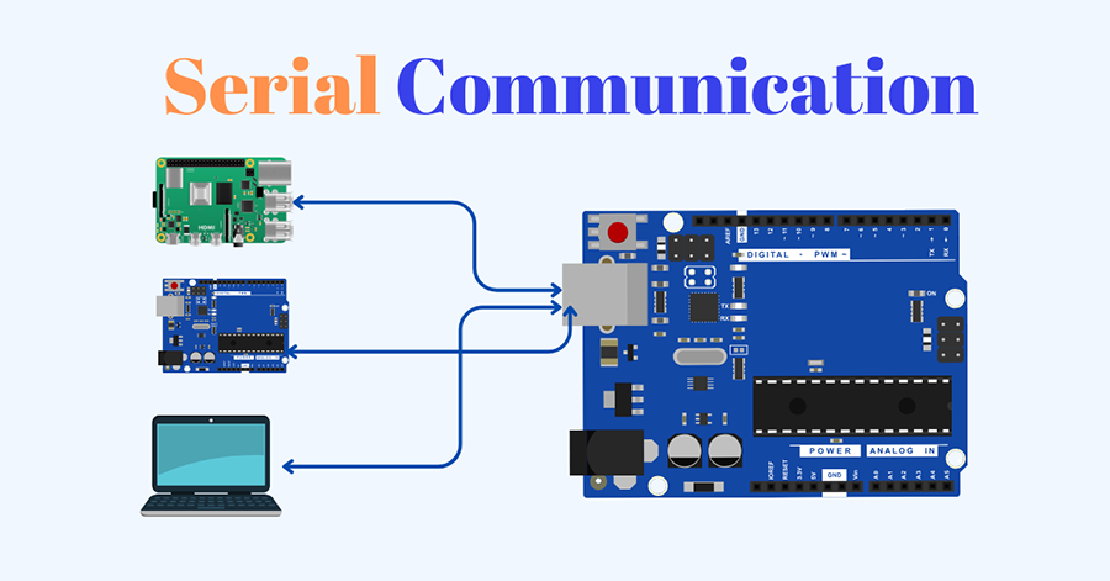Showing Post From Tips

UART: A Detailed Overview of Asynchronous Serial Communication
UART is one of the oldest and most fundamental methods of serial communication in embedded systems. As its name suggests, it operates asynchronously, meaning there is no shared clock signal between the transmitter and the receiver. This makes UART especially attractive in scenarios where simplicity and minimal wiring are important.
Read more
Demystifying UART, SPI, and I2C: Communication Between Chips
In both VLSI design and embedded systems, no chip operates in isolation. Whether it’s a microcontroller interfacing with sensors, a processor communicating with memory modules, or multiple peripherals synchronizing data, inter-chip communication is fundamental to building reliable and scalable hardware systems.
Read more
Getting Started with Hugo: A Step-by-Step Guide
Hugo is a fast, flexible, and open-source static site generator that allows you to build websites with ease. Originally popular for blogging, Hugo’s versatility makes it ideal for creating a wide range of sites — from personal portfolios and academic project showcases to documentation hubs and even e-commerce sites. Whether you’re building a professional portfolio, a research site to share your academic work, or a personal blog, Hugo has you covered.
Read more
Setting Up Icarus Verilog on Google Colab
Google Colab is a cloud-based platform that allows you to run code in a Jupyter Notebook environment. While it’s primarily designed for Python, it can also be adapted to run Verilog simulations using Icarus Verilog. This guide walks you through setting up Icarus Verilog on Colab, writing and compiling Verilog code, running simulations, and generating waveform files for debugging—all in the cloud.
Read more
Why Blog in 2025? (And How to Get Started)
In 2025, with the internet brimming with TikToks, reels, and AI-generated articles, you might wonder—is blogging still worth it?
The answer is a resounding YES, and here’s why.
